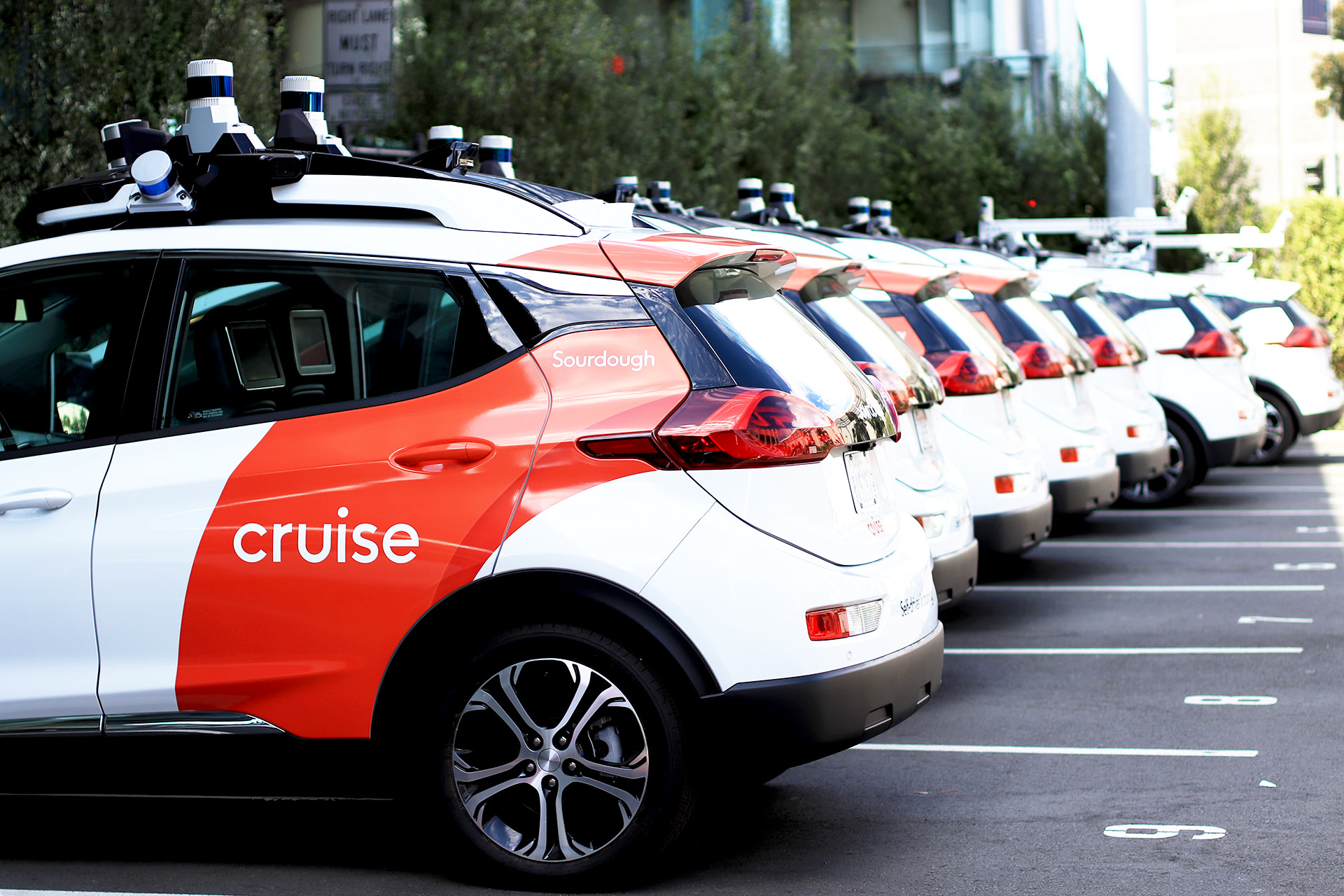A California agency tasked with overseeing autonomous vehicle regulation has announced the addition of new reporting requirements for certain scenarios, following increased public and government scrutiny surrounding self-driving vehicles in recent years.
The California Public Utilities Commission (CPUC) shared a press release this week detailing new reporting requirements for road incidents, including collisions and non-collisions that result in stopped vehicles and more. The decision follows a long-running conversation within the agency about incident reporting, following an accident with a robotaxi last fall that involved a pedestrian.
“Today’s decision will provide critical information on how to keep passengers safe during their rides as we roll into a new era of more widespread autonomous vehicle use,” said Matthew Baker, CPUC commissioner. “These new reporting requirements are informed by millions of miles of experience over the past several years and provide a strong foundation for future updates to the CPUC’s regulations.”
Waymo is now giving over 100,000 paid self-driving rides per week
More specifically, the new reporting guidance requires autonomous vehicle operators to report “stoppage events,” in which driverless vehicles get stuck while operating. Companies will also be required to report trip-level incident reports featuring specific details on collisions, as well as non-collisions such as stoppages or traffic safety violations.
The agency also says that it began developing a framework for the increased reporting measures last May, after a Commissioner had filed to officially establish the new requirements. The CPUC also works closely with the California Department of Motor Vehicles (DMV) to regulate the state’s self-driving laws, with the former agency specifically responsible for ensuring passenger safety and the latter overseeing vehicle safety and operational integrity.
The new requirements follow an accident in San Francisco with a robotaxi owned by General Motors (GM) subsidiary Cruise last October, in which a self-driving vehicle struck a pedestrian who had been hit by another vehicle with a human driver. Upon impact with the pedestrian, the robotaxi attempted to pull over as an emergency response, though it instead went on to drag and pin the pedestrian until authorities arrived.
After the accident, California regulators claimed that Cruise “omitted” and “misrepresented” certain details about the robotaxi’s crash response, and the GM-owned company was required by the CPUC to pay the maximum penalty for delayed reporting of some specifics. While that fee was just $112,500, Cruise was also ordered to pay $1.5 million by the National Highway Traffic Safety Administration (NHTSA) in September for its failure to disclose certain aspects of the incident.
What are your thoughts? Let me know at zach@teslarati.com, find me on X at @zacharyvisconti, or send us tips at tips@teslarati.com.
Need accessories for your Tesla? Check out the Teslarati Marketplace:

